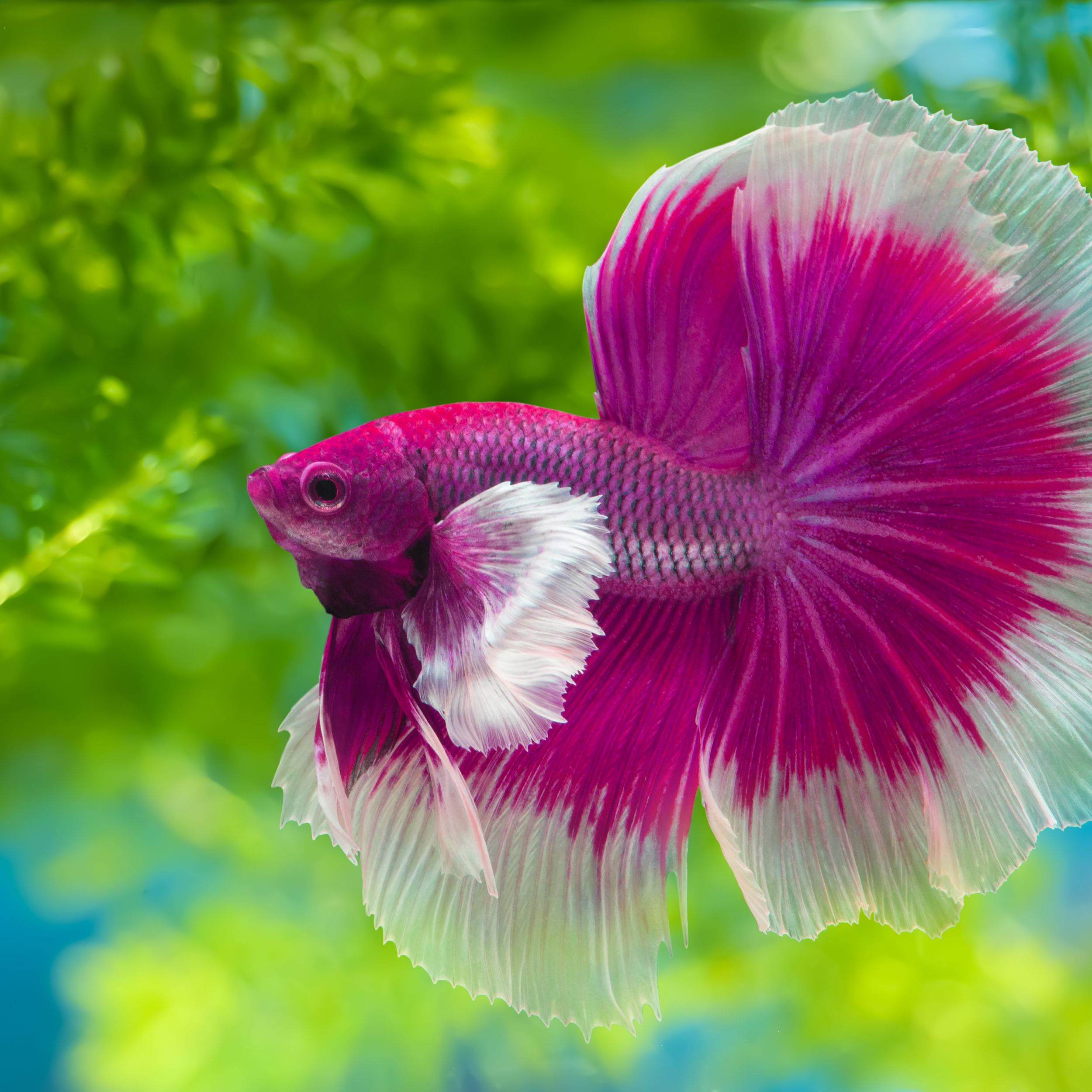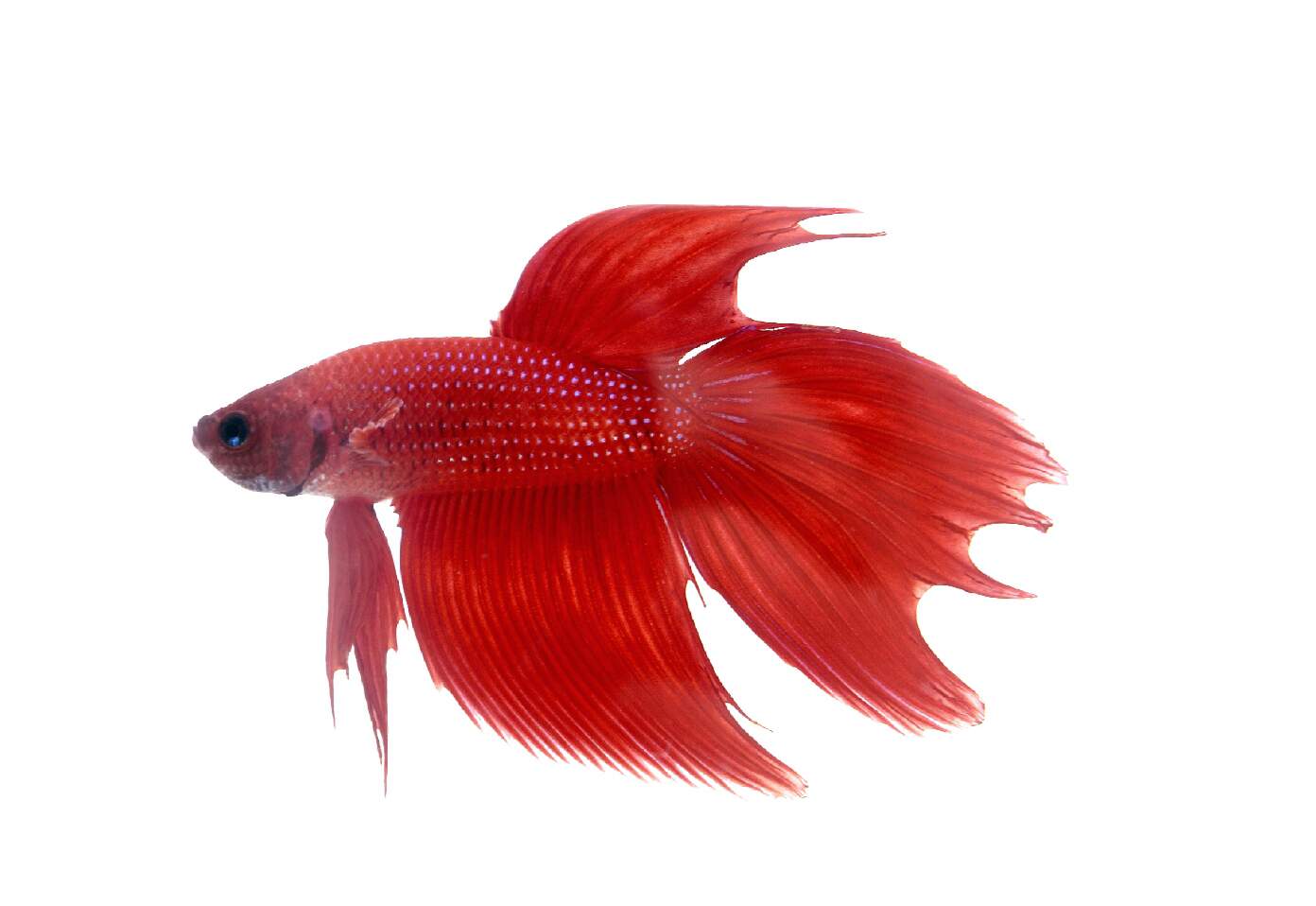Just how to Produce the Perfect Betta Fish Environment at Home
Just how to Produce the Perfect Betta Fish Environment at Home
Blog Article
Just How to Breed Betta Fish Efficiently: Professional Methods and Insights for Hobbyists Looking to Increase Their Betta Collection
Breeding Betta fish calls for a nuanced understanding of genes and environmental problems, making it vital for hobbyists to come close to the process with both persistance and treatment. Developing an ideal breeding atmosphere, selecting the ideal pairs, and observing the details of their courtship habits are fundamental steps that can significantly affect the end result. The succeeding care of the fry is essential for ensuring their healthy growth. As we explore these crucial components, it ends up being clear that effective breeding is not almost the initial pairing however incorporates a broader technique that merits cautious factor to consider.
Comprehending Betta Fish Genes
Understanding the genetics of Betta fish is essential for successful reproduction, as it affects attributes such as shade, fin shape, and habits. Betta fish exhibit a diverse selection of shades and patterns, mainly figured out by their genetic makeup.
In addition to pigmentation, fin morphology is another significant aspect of Betta genes (betta fish). The form and size of fins are affected by numerous genes, including those that establish whether the fins are brief, long, or veil-shaped. Comprehending these genetic variants aids dog breeders forecast the phenotypic end results of their offspring
Moreover, behavior attributes such as aggression and territoriality can likewise be influenced by genes. These behaviors play a vital function in the reproducing procedure, as they can affect generating success and the overall temperament of the resulting fry. By comprehensively comprehending these genetic principles, breeders can make educated choices, eventually boosting their reproduction programs and accomplishing preferable outcomes.
Preparing the Breeding Atmosphere
Producing an optimal reproduction atmosphere is essential for the successful recreation of Betta fish. The primary step in preparing this atmosphere is to choose a suitable breeding tank, preferably ranging from 5 to 10 gallons. This size permits sufficient swimming space and the facility of territories. The container needs to be geared up with a heater to keep a steady temperature level in between 78 ° F and 80 ° F, which is important for encouraging generating actions.
Next, take into consideration the usage of a sponge filter or an air rock to give mild water circulation without creating solid currents that can worry the fish. It is vital to set up plants or breeding cones to use hiding spots and advertise convenience for the woman during the spawning procedure. Floating plants, such as Java moss or water sprite, can also create an extra natural surroundings while promoting bubble nest structure by the man.
Before introducing the breeding sets, make sure the water is conditioned and devoid of hazardous chemicals, such as chlorine or hefty steels. betta fish. Normal water adjustments should be carried out to keep optimum water quality, improving the possibilities of effective breeding. With these preparations in position, the reproducing environment will certainly sustain the wellness and wellness of both Betta fish
Choosing Breeding Pairs
Picking over at this website the right breeding sets is critical for attaining effective Betta fish reproduction. When picking your reproduction sets, think about numerous key variables including health, personality, and genes. Healthy and balanced Betta fish display vivid colors, clear eyes, and active behavior. Picking fish that are without disease makes sure a far better possibility of producing viable children.
Temperament is another crucial consideration, as Betta fish are understood for their aggressive nature. It is recommended to pick a man and woman that show compatible characters to decrease tension during the breeding process. A tranquil man can motivate a smoother courtship, while a female that is also aggressive might disrupt the process.
Hereditary history likewise plays a substantial duty in the quality of the offspring. Breeding fish that are genetically diverse can decrease the risk of hereditary health and wellness issues and improve the general vitality of the fry. It is helpful to look into the lineage of both the male and lady, focusing on desirable qualities such as fin type, color scheme, and dimension.
The Breeding Refine
The reproduction procedure of Betta fish calls for careful preparation and interest to detail to guarantee a successful outcome. Originally, it is essential to prepare a suitable breeding storage tank, preferably a 5-10 gallon aquarium with a temperature maintained Get the facts at 78-80 ° F. The container needs to be equipped with a heating system, filter (preferably sponge kind to avoid solid currents), and a lot of aquatic plants for the female to conceal.
As soon as the environment is established, introduce the picked breeding set to recommended you read the storage tank, allowing them to adjust. Observe their actions; the male will show fancy courtship routines, consisting of flaring his fins and building a bubble nest. If the female reveals passion, she will certainly present vertical red stripes indicating readiness for spawning.
When the lady is receptive, the set will involve in a breeding welcome, during which the male feeds the eggs. Preserving ideal water conditions during this period is important for the growth of healthy and balanced Betta fry.
Caring for Betta Fry

Feeding Betta fry is critical, as they call for a diet plan high in healthy protein. Initially, they can be fed infusoria or fluid fry food, transitioning to carefully smashed top quality pellets as they grow. Feed tiny parts several times a day to urge healthy development without overwhelming the storage tank with leftover food.

As they develop, monitor their development carefully and divide any aggressive people to stop damage. By offering a nurturing setting and correct nourishment, hobbyists can effectively elevate Betta fry into lively, healthy fish, inevitably improving their breeding undertakings.
Conclusion
Effective Betta fish breeding needs thorough attention to genetic option, ecological conditions, and care for the fry. By comprehending the genes of Betta fish and preparing a proper breeding environment, hobbyists can improve the chances of creating vivid, healthy children.
Report this page